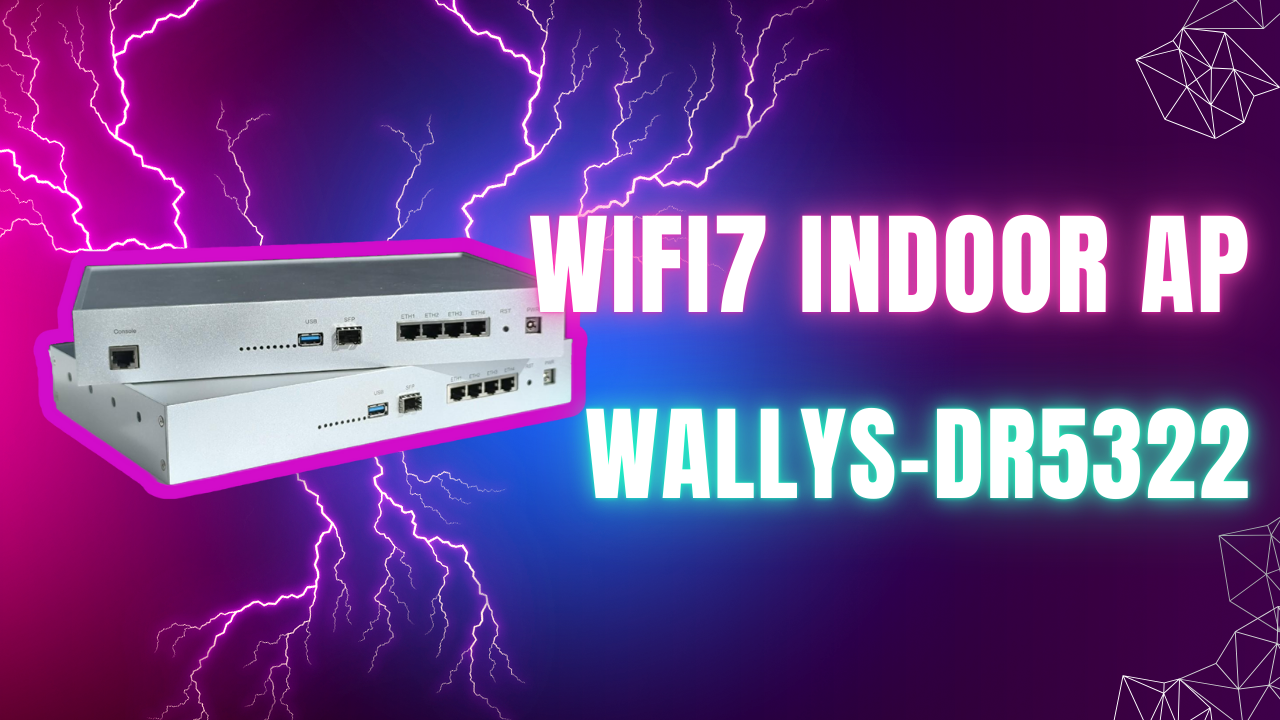IPQ5332 vs. IPQ5322: A Comparative Analysis of Qualcomm’s Quad-Core Wi-Fi 7 Platforms

IPQ5332 vs. IPQ5322: A Comparative Analysis of Qualcomm’s Quad-Core Wi-Fi 7 Platforms
Qualcomm's IPQ5332 and IPQ5322 are both advanced quad-core ARM Cortex-A53 processors, each operating at 1.5 GHz and aimed at supporting high-performance Wi-Fi 7 solutions. These chipsets are particularly well-suited for applications in routers, access points, and other network infrastructure that demand high data throughput, efficient processing, and support for the latest Wi-Fi standards. In this article, we’ll delve into the similarities and differences between these two chipsets to help you choose the best option for your project.
Key Specifications Overview
Comparing IPQ5332 and IPQ5322
Processor and PerformanceBoth IPQ5332 and IPQ5322 utilize a quad-core ARM Cortex-A53 architecture, clocked at 1.5 GHz. This processing power supports efficient handling of network traffic and other data processing tasks, enabling both chips to manage high-bandwidth applications seamlessly. The similar CPU specs suggest they’ll perform equally in terms of processing power.
Operating Temperature RangeOne of the main distinctions between the two chipsets is the operating temperature range. The IPQ5332 is designed to support both commercial (C-Temp) and industrial temperatures (I-Temp), making it suitable for more challenging environmental conditions. The IPQ5322, on the other hand, is limited to C-Temp, which restricts it to more controlled settings.
Wi-Fi 7 SupportBoth chipsets support 2x2 MIMO on the 2.4 GHz band with Wi-Fi 7, delivering the latest wireless capabilities for high-speed, low-latency connections. Wi-Fi 7’s features, such as 320 MHz channel bandwidth and 4K QAM, allow for increased data rates and better performance in crowded environments. Both chipsets are suitable for high-speed Wi-Fi 7 applications in networked environments.
External Front-End Module (FEM) OptionThe IPQ5332 and IPQ5322 both offer an external FEM option, which helps to increase the output power and range of wireless signals. This option allows for more flexibility in extending the reach and improving the quality of Wi-Fi signals in demanding applications.
Connectivity OptionsBoth chipsets provide flexible connectivity options with support for 3x1L or 1x2L + 1x1L PCIe 3.0 lanes. They also include support for USB 3.0 and USB 2.0, allowing for high-speed peripheral connections. This makes them adaptable to various network configurations and device setups that require high-speed connectivity for additional storage, adapters, or other peripherals.
Ethernet InterfaceBoth the IPQ5332 and IPQ5322 are equipped with a single 10 Gbps Ethernet port that supports USXGMII and SGMII+ interfaces. This allows for high-speed wired network connections, which is essential in enterprise networking, data centers, and other high-bandwidth environments. The 10 Gbps capability ensures the chipsets can handle substantial data loads efficiently.
Use Cases
IPQ5332: With its support for a broader temperature range, the IPQ5332 is better suited for industrial applications that might face variable or extreme temperature conditions. This makes it ideal for outdoor access points, rugged routers, and IoT applications in industrial or environmental monitoring.
IPQ5322: The IPQ5322, with its C-Temp operating range, is more appropriate for indoor environments where temperatures remain relatively stable. This chipset is suitable for consumer-grade routers, enterprise access points, and other indoor networking devices that don’t require industrial-grade durability.
Conclusion
Both the IPQ5332 and IPQ5322 offer robust solutions for high-performance, Wi-Fi 7-enabled network devices. The primary difference between the two lies in the operating temperature range, with the IPQ5332 supporting industrial-grade conditions. For projects requiring environmental resilience, the IPQ5332 is a better choice, while the IPQ5322 is an excellent option for indoor or climate-controlled deployments.

Wallys DR9274 Network Card
For advanced Wi-Fi 7 applications, Wallys provides the DR9274 network card, built on Qualcomm's QCN9274 chipset, offering 4x4 MIMO capabilities and a 320 MHz channel width. This network card is designed for demanding applications requiring high data throughput, such as industrial automation and enterprise networking.
For procurement and project consultations, please reach out to Wallys at: sales1@wallystech.comFor additional details, check the DR9274 product page.










评论